How To Choose An Nd Filter ?
When choosing an ND filter, there are a few factors to consider. First, you need to determine the strength of the filter you need based on the amount of light reduction required for your specific shooting situation. ND filters come in different strengths, usually measured in stops, such as 1-stop, 2-stop, 3-stop, etc.
Next, consider the size of the filter you need to fit your lens. ND filters come in different sizes, so make sure to choose one that matches the diameter of your lens.
You should also consider the quality of the filter. Cheaper filters may produce color casts or reduce image sharpness, so investing in a high-quality filter can make a big difference in the final image.
Finally, consider the type of ND filter you need. There are different types of ND filters, such as circular and square filters, and each has its own advantages and disadvantages. Circular filters are easier to use and more portable, while square filters allow for more flexibility in adjusting the position of the filter.
1、 ND filter types and strengths
How to choose an ND filter:
When choosing an ND filter, there are a few factors to consider. First, you need to determine the strength of the filter you need. ND filters come in different strengths, usually measured in stops. The higher the number of stops, the darker the filter and the more light it blocks. The strength you choose will depend on the amount of light you want to block and the effect you want to achieve.
Another factor to consider is the type of ND filter. There are two main types: screw-on filters and square filters. Screw-on filters are the most common and are easy to use. Square filters require a filter holder, but they offer more flexibility in terms of positioning and stacking filters.
You should also consider the quality of the filter. Cheaper filters may produce color casts or reduce image sharpness. Look for high-quality filters made from high-quality materials.
Finally, consider the size of the filter. Make sure the filter you choose fits your lens. If you have multiple lenses, consider buying a filter that fits your largest lens and using step-up rings to adapt it to smaller lenses.
ND filter types and strengths:
ND filters come in different types and strengths. The most common types are full ND filters, graduated ND filters, and variable ND filters. Full ND filters block the same amount of light across the entire frame. Graduated ND filters are darker at the top and gradually become lighter towards the bottom, making them ideal for landscape photography. Variable ND filters allow you to adjust the strength of the filter by rotating it.
ND filters come in different strengths, usually measured in stops. The most common strengths are 1-stop, 2-stop, 3-stop, 6-stop, and 10-stop filters. The strength you choose will depend on the amount of light you want to block and the effect you want to achieve. For example, a 1-stop filter may be enough to blur water in a waterfall, while a 10-stop filter can create a dreamy effect by making clouds and water appear to flow.
In recent years, there has been a trend towards using higher-strength ND filters, such as 15-stop and 16-stop filters, to create long exposures during the day. These filters can produce stunning images with smooth, flowing water and streaking clouds. However, they require careful exposure calculations and may produce color casts or reduce image sharpness if not used correctly.
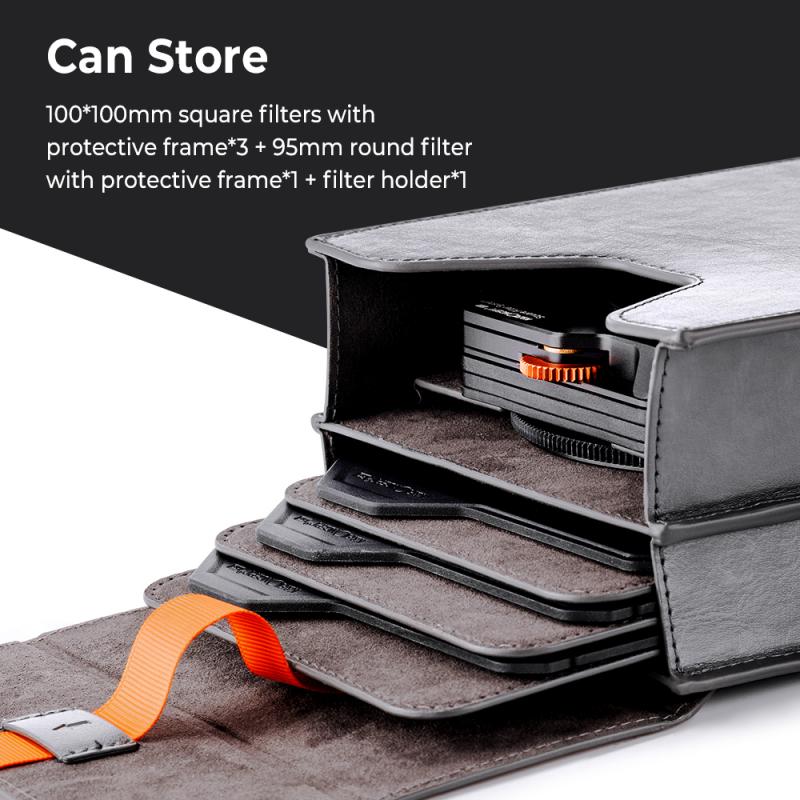
2、 Compatibility with lens diameter
How to choose an ND filter? One important factor to consider is compatibility with lens diameter. ND filters come in different sizes to fit different lenses, so it's important to choose the right size for your lens. You can check the diameter of your lens by looking at the front of the lens or checking the lens specifications.
It's also important to consider the thickness of the filter. Thicker filters can cause vignetting or dark corners in your images, especially when using wide-angle lenses. So, it's best to choose a filter that is thin enough to avoid this issue.
Another consideration is the strength of the ND filter. ND filters come in different strengths, usually measured in stops. The higher the number of stops, the darker the filter and the more light it blocks. The strength you choose will depend on the amount of light you want to block and the effect you want to achieve in your photos.
Finally, it's important to choose a high-quality ND filter from a reputable brand. Cheaper filters may produce color casts or reduce image sharpness, which can affect the quality of your photos. Look for filters made from high-quality materials and with multi-coating to reduce reflections and improve image quality.
In recent years, there has been a growing trend towards using variable ND filters, which allow you to adjust the strength of the filter by rotating it. These filters can be more convenient to use than fixed-strength filters, but they may also produce color casts or reduce image quality, so it's important to choose a high-quality variable ND filter if you decide to use one.
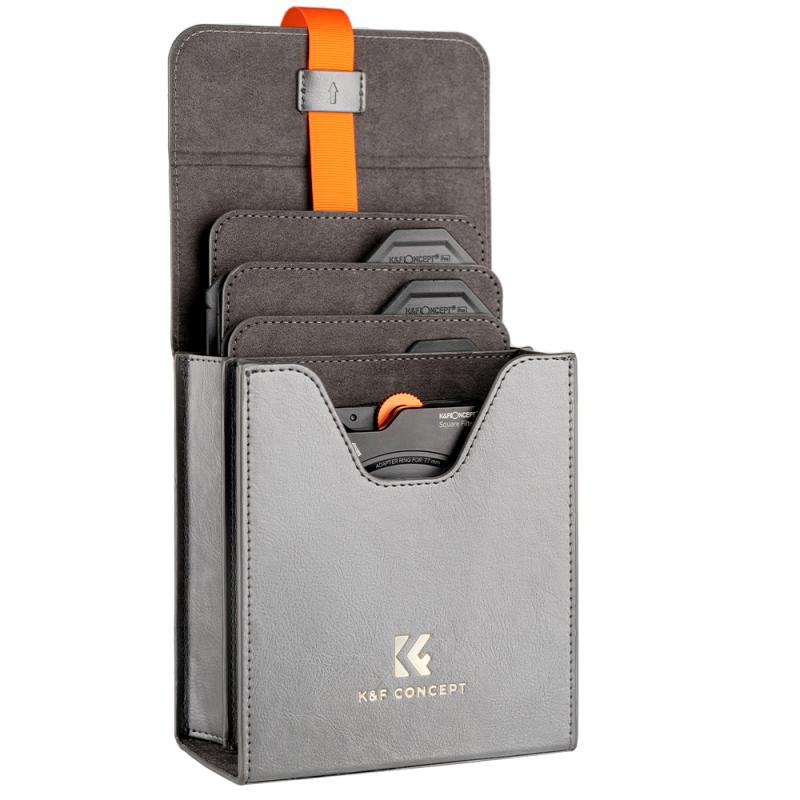
3、 Filter material and quality
How to choose an ND filter? There are several factors to consider, but one of the most important is the filter material and quality. ND filters are made from different materials, including glass, resin, and plastic. Glass filters are the most durable and offer the best image quality, but they are also the most expensive. Resin filters are a good compromise between quality and price, while plastic filters are the cheapest but also the least durable and offer the lowest image quality.
When it comes to quality, it's important to choose a filter that is well-made and has a high level of optical clarity. Cheaper filters may have imperfections or distortions that can affect the quality of your images. Look for filters that are made by reputable manufacturers and have good reviews from other photographers.
Another important consideration is the density of the filter. ND filters come in different densities, ranging from 1-stop to 10-stops or more. The density you choose will depend on the amount of light you want to block and the effect you want to achieve. For example, a 3-stop filter is good for slowing down waterfalls or blurring motion in bright daylight, while a 10-stop filter is ideal for creating long exposures in low light conditions.
In summary, when choosing an ND filter, consider the material and quality of the filter, as well as the density that will best suit your needs. Investing in a high-quality filter will ensure that you get the best possible results from your photography.
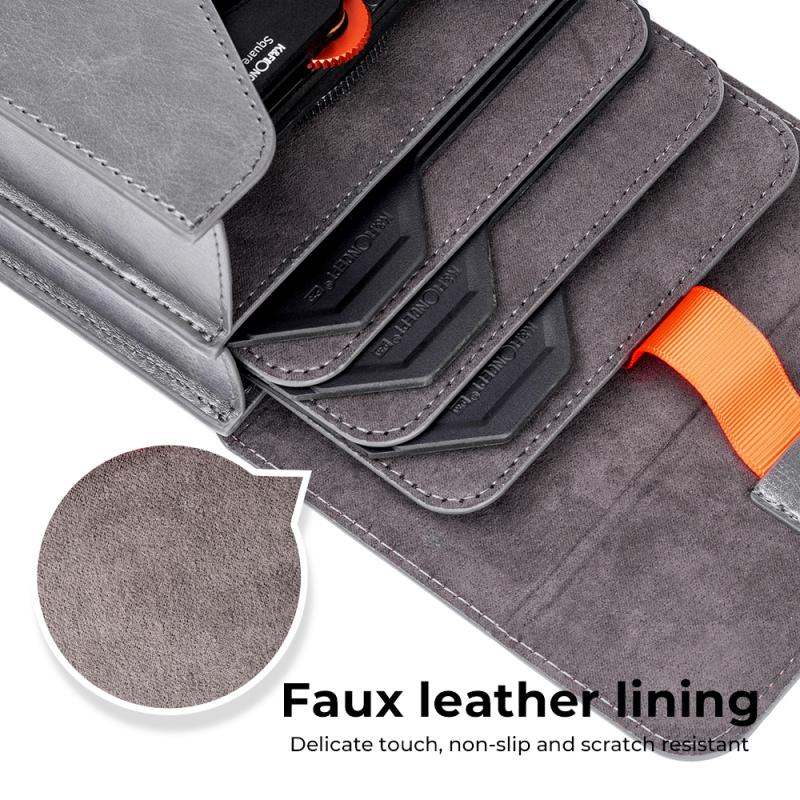
4、 Coating and color cast
Coating and color cast are two important factors to consider when choosing an ND filter. Coating refers to the type of coating applied to the filter to reduce reflections and improve image quality. A multi-coated filter is preferred as it reduces reflections and flare, resulting in sharper and clearer images. Some filters also have a hydrophobic coating that repels water and makes cleaning easier.
Color cast refers to the tint or color shift that the filter may introduce to the image. This can be caused by the filter material or the coating applied to it. A neutral density filter should have minimal color cast, meaning it should not introduce any noticeable color shift to the image. However, some filters may have a slight color cast that can be corrected in post-processing.
It is important to note that the latest point of view on ND filters is that some photographers prefer to use variable ND filters instead of fixed ND filters. Variable ND filters allow you to adjust the amount of light entering the lens by rotating the filter, making it more versatile and convenient to use. However, variable ND filters may introduce more color cast and reduce image quality compared to fixed ND filters.
In summary, when choosing an ND filter, it is important to consider the coating and color cast. A multi-coated filter with minimal color cast is preferred for better image quality. Additionally, the latest point of view suggests that variable ND filters may be a more versatile option, but they may introduce more color cast and reduce image quality.
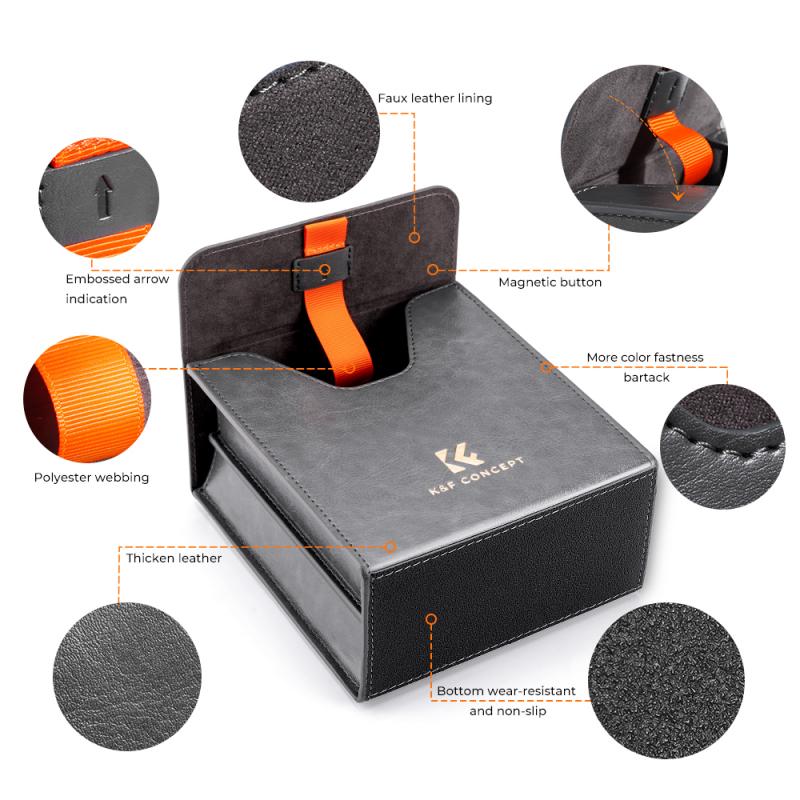


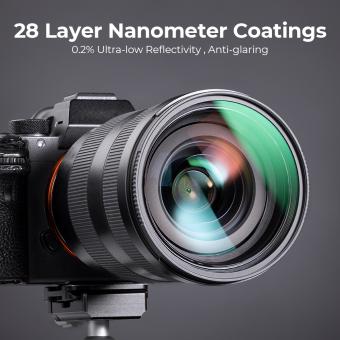









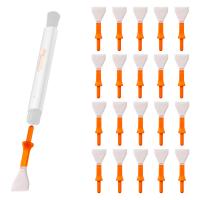


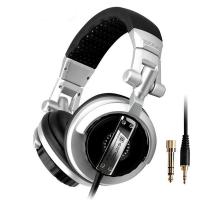
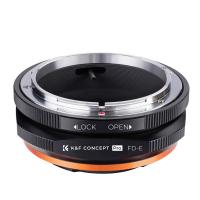



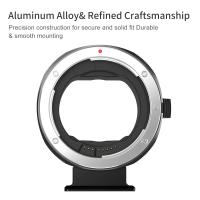
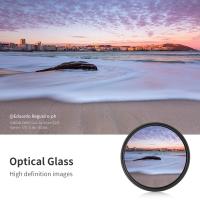
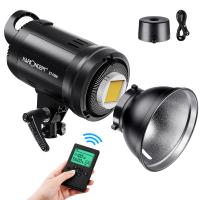

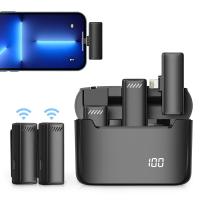



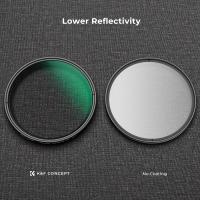
There are no comments for this blog.